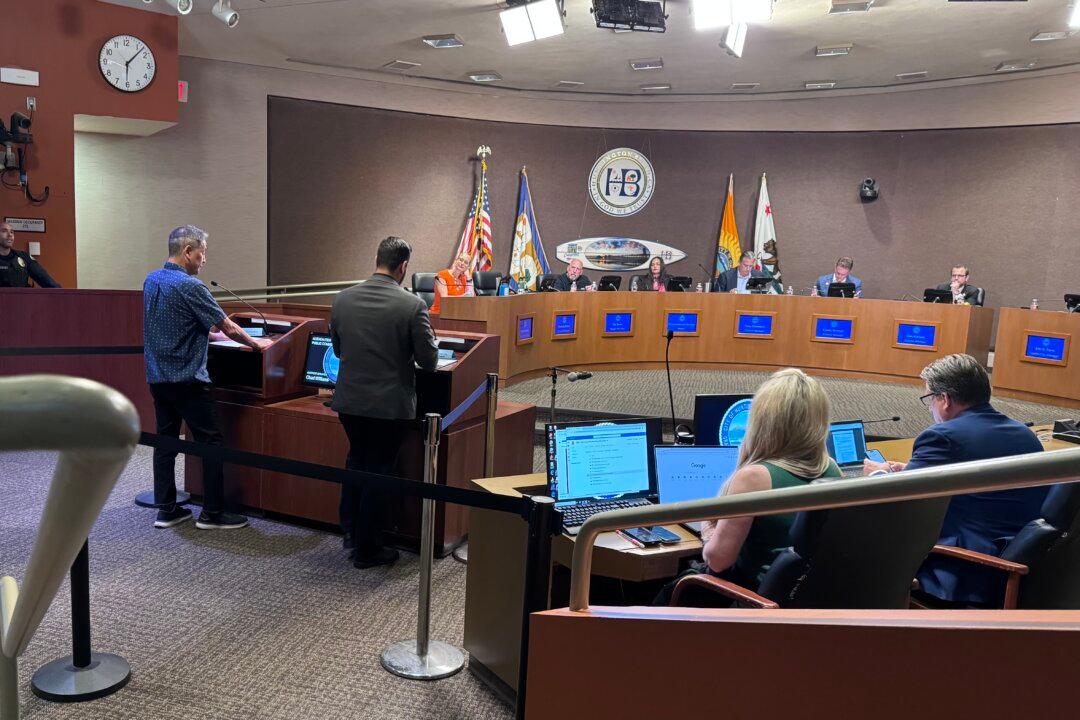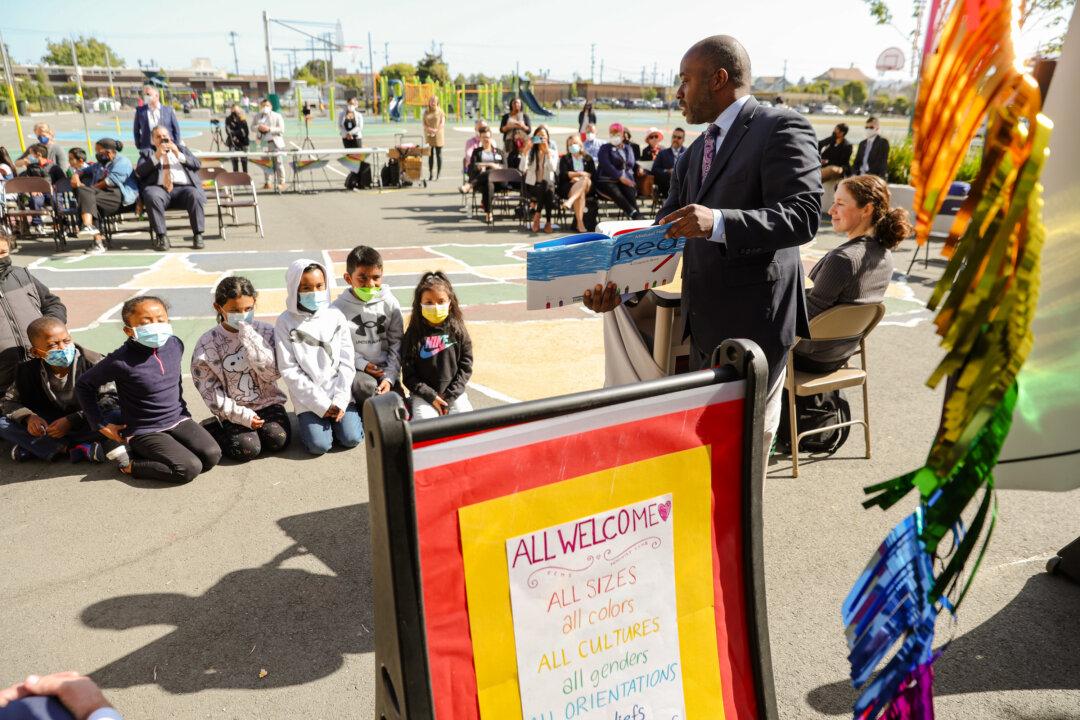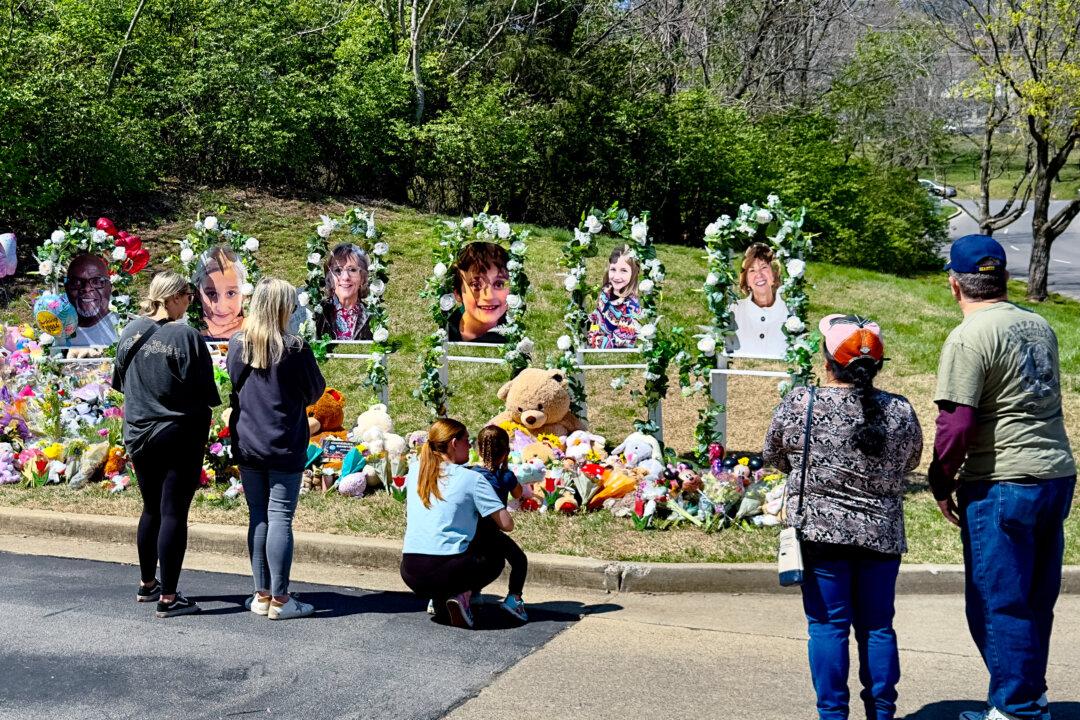Violence in California schools has fallen sharply in the last two decades, according to a study by the University of California–Los Angeles (UCLA), released March 30.
For the study, researchers examined nearly two decades of survey results from the California Healthy Kids Survey, which is an annual questionnaire by the state’s education department given to fifth, seventh, ninth, and 11th graders about school climate, safety, and wellness.
Researchers found that between 2001 and 2019, there was a 56 percent reduction in physical fights, and reports of students carrying a gun on school grounds fell from four to one percent.
During the same time frame, the study found a 59 percent reduction in students being threatened by weapons on school grounds as well as large declines of black and Latino students feeling victimized.
The drop in violence was evident across the majority of the state’s schools, according to the study’s co-author Ron Avi Astor, a professor of social welfare and education at UCLA’s Luskin School of Public Affairs.
Difference Between School Violence and School Shootings
The study comes as many parents are concerned over mass shootings and violence on school campuses across the state.The overall improvement in violence on campus is “welcome news” for parents concerned about their children’s safety at school, Astor said in the statement.
He also said it suggests that eruptions of gun violence should be treated as a “separate social and psychological phenomenon.”
“Each school shooting is a devastating act that terrorizes the nation, and there is a growing sense in the public that little has changed in two decades to make schools safe,” Astor said. “But mass shootings are just one part of this story. Overall, on a day-to-day basis for most students, American schools are safer than they’ve been for many decades.”
The study attributed the drop in school violence to new policies and resources implemented to mitigate bad behavior and promote student wellness.
“The reductions in school violence raise the possibility that the efforts, norm shifts, and two decades of massive social investment in school safety contributed to dramatically less victimization for California’s students,” according to the study. “The sharp declines in rates of victimization at school should be part of the public policy discourse that is currently overshadowed by school shootings.”
Astor, along with co-authors Rami Benbenishty of Hebrew University of Jerusalem and Ilan Roziner of the Sackler School of Medicine at Tel Aviv University, proposed that a “clear distinction” be made between mass school shootings and other forms of school violence—particularly to help policymakers craft school rules.
Victimization
Additionally, the study found that black and Hispanic students tended to feel less victimized and had fewer instances of bringing guns or weapons to school.From 2001 to 2019, according to the study, reports of victimization from black students fell by 21 percent, and 22 percent for Hispanic students.
Reports of black students carrying guns on campus also fell by about 20 percent, and 23 percent for Hispanics.
However, the study reported that biased-based victimization—or that based on gender and gender identity, race, religion, and disability—remained generally the same.
“This finding may reflect the societal struggle with divisive policies and disagreements on basic values that affect the school environment,” the study stated, suggesting a review of current interventions to “develop ways in which education could lead to fewer bias-driven types of victimization.”
Astor was not immediately available for comment.





